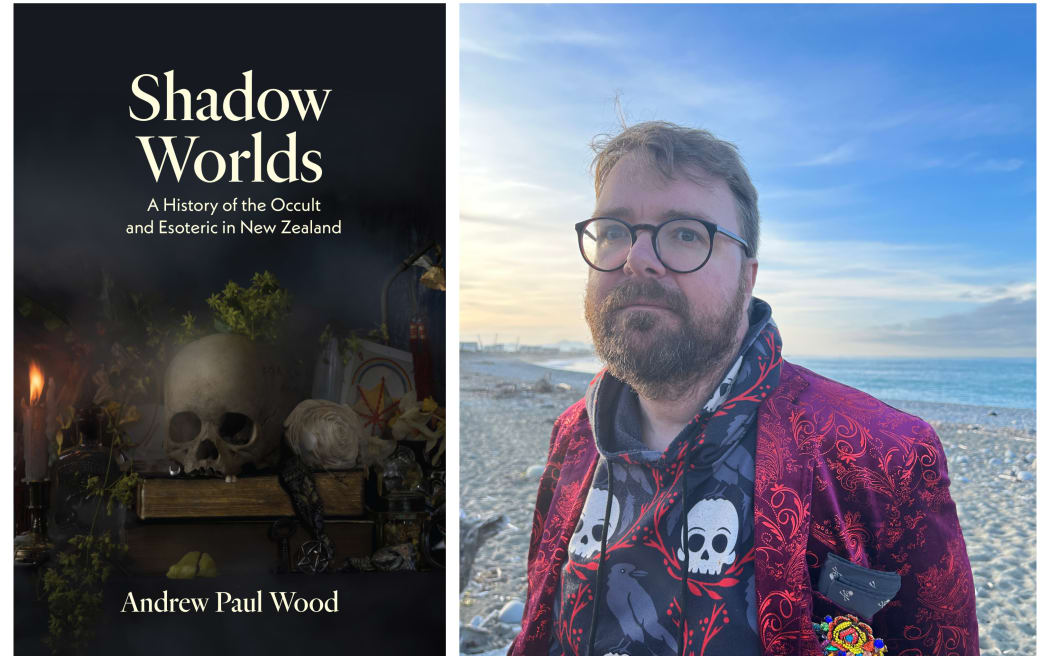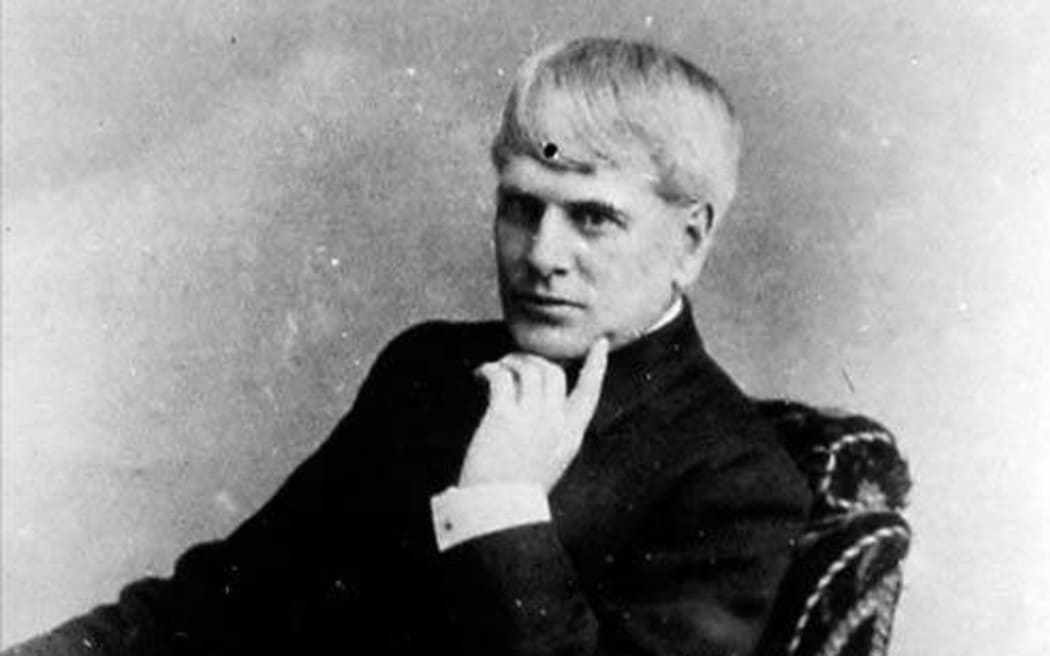Historians paint colonial New Zealanders as "smug bucolic hobbits", but alternative spirituality was part of life for many in the 19th and early 20th centuries, says Andrew Paul Wood.
The historian and journalist explores a range of homegrown occult groups – and their intriguing leaders – in his new book Shadow Worlds: A History of the Occult and Esoteric in New Zealand.

Photo: supplied
Many prominent Kiwis, including a prime minister, an attorney general and a very famous mountain climber, have been aligned with esoteric belief systems.
Edmund Hillary – "this icon of Kiwi blokiness" – was a member of both the Theosophical Society and an offshoot group called The School of Radiant Living when he summited Mount Everest in 1955, Wood says.
On the surface, at least, Radiant Living's philosophy seems "quite normal".
"It's just about diet and exercise and healthy upright living. But the further up you get into it you meet all these strange ideas about invisible ascendant masters and mystic rays."
For New Zealanders interested in Buddhism and Hinduism before World War II, joining the Theosophical Society (which is inspired by Eastern philosophy and religion) would have looked like the most logical move, Wood says.
"Fairly vanilla" is how he describes that organisation.
"They have these wonderful libraries of books on philosophy and mysticism and they have reading groups… it's more like a book club than anything else. They're just a group that likes to get together and talk about these things and have slightly different ideas about how the universe works behind the scenes to most."
- Listen: The philosophy and practices of Theosophy (Ideas)

Arthur Worthington Photo: Canterbury Museum (public domain)
To Wood, "the most fascinating little-know figure in New Zealand history" is American religious leader Arthur Worthington who preached what he calls a type of "naturalist, pan-psychic, philosophical, we're all one in nature, god is the world, god is nature" philosophy.
"He turns up in Christchurch, of all places, in 1890… a very straightlaced and Anglican city ... You have this American with great tales of having fought in the American Civil War. He's very dashing and very eloquent."
The people of Christchurch flocked to hear Worthington speak at the Oddfellows' Hall and various other halls.
"[His content was] nothing spectacular but somehow he managed to get vast amounts of money out of the well-heeled of Christchurch and bought himself this enormous temple, it was called the Temple of Truth."
"The local more traditional faiths had their noses right out of joint and one particular clergyman ended up writing a letter to a newspaper in the United States asking after Mr Worthington.'
Finally, it was revealed Worthington was a bigamist and his American wife Mary was just one of his documented spouses: "He'd just moved from state to state, marrying rich widows and conning them out of their money and changing his name and moving on."
When his US exploits caught up with him in Christchurch, Worthington was met with a crowd so angry the Riot Act had to be read.
In the early 19th century, the Hawkes Bay town of Havelock North became the southern outpost for a range of occult groups, including a splinter group of the secret English order Golden Dawn.

Dr Robert William Felkin, c1924 Hastings District Libraries Community Archives HNPL 505 HNPL 3085a Photo:
British doctor Robert Felkin – who belonged to a branch of Golden Dawn – established a local chapter called Smaragdum Thalasses (Emerald of the Seas) in the wealthy rural community in 1912.
There, until 1973, the Order "flourished in a much more settled and somewhat prosaic form" than in the UK, with considerable local influence.
The group's HQ, constructed on a sizeable piece of donated land, was "a rather marvellous house" designed by one of their members, acclaimed architect Chapman Taylor.
The house, named 'Whare Ra' (House of the Sun) had an enormous underground vault which served as a large temple for rituals and initiations.
Wood doesn't view Smaragdum Thalasses or any of the occult groups he's researched as "irrational".
"I don't think any of these belief systems are irrational because they have their own internal logic. Once you start believing in a particular thing, it makes sense that everything flows into that."
"Many people who are involved in alternative non-orthodox religion are often very intellectual and questioning and well-read, by no means fools," Wood says.
"Most religions or belief systems, they tend to be a bit strange."

Whare Ra - a temple for the Hermetic Order of the Golden Dawn in Havelock North Photo: ©Peter Hallett

